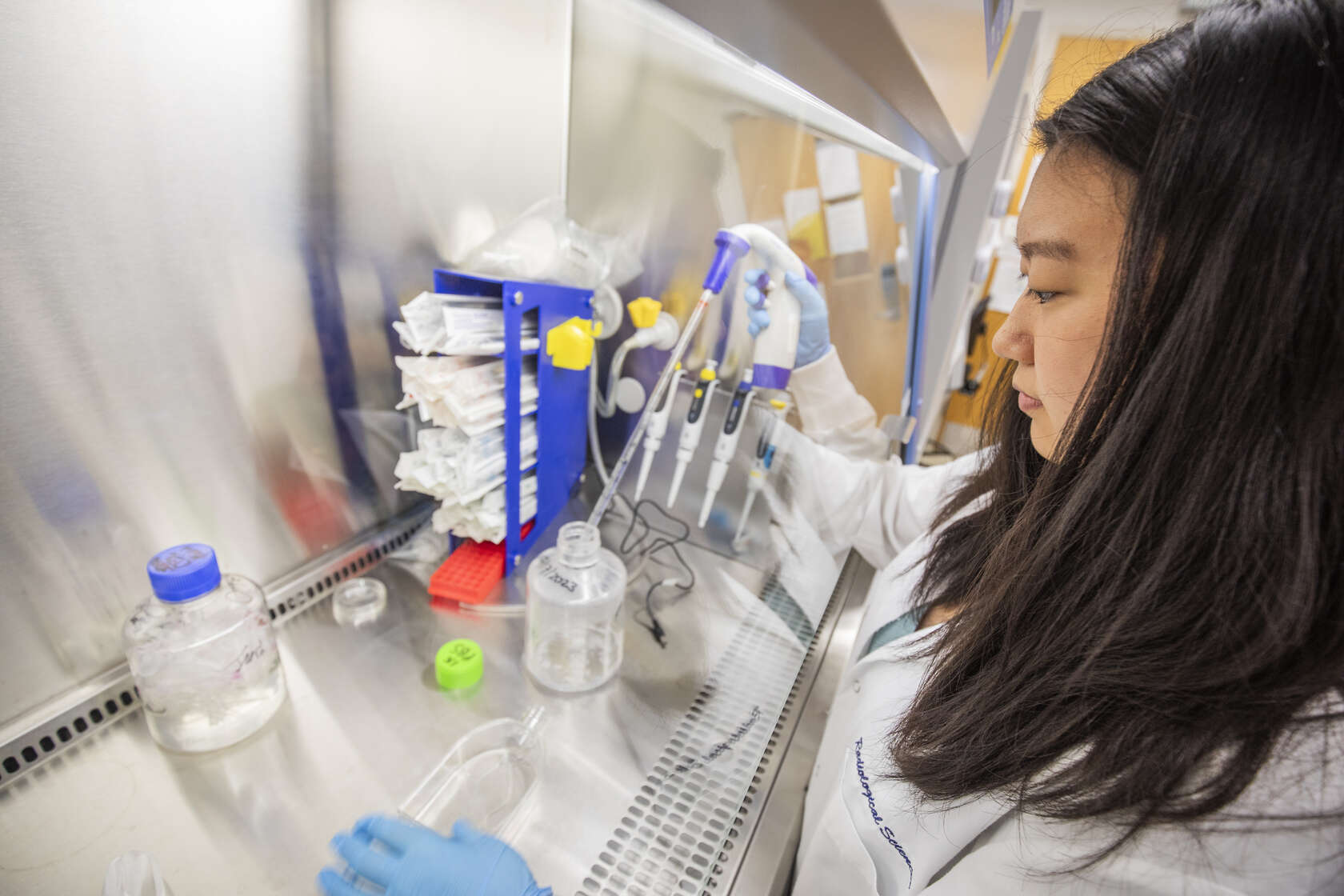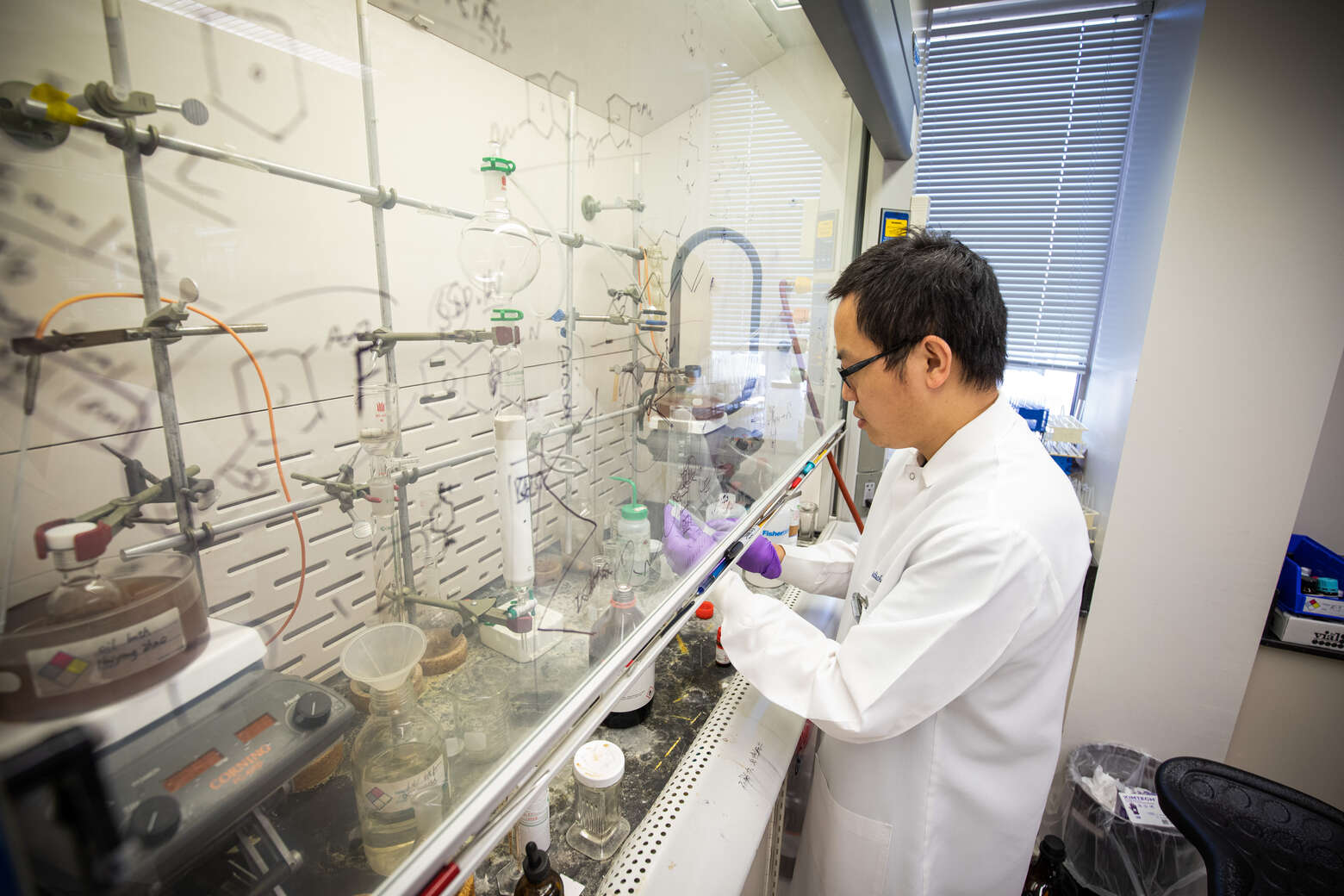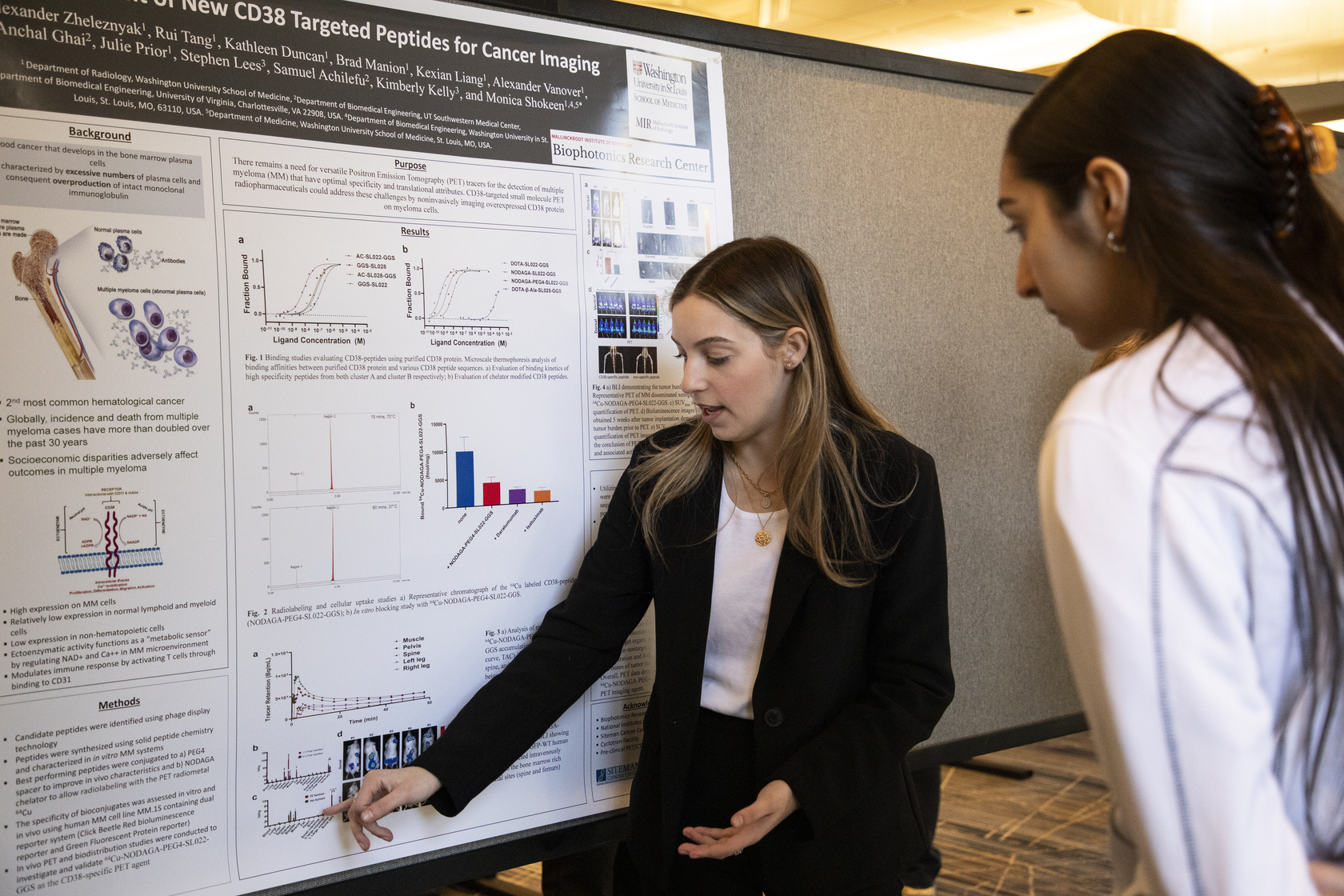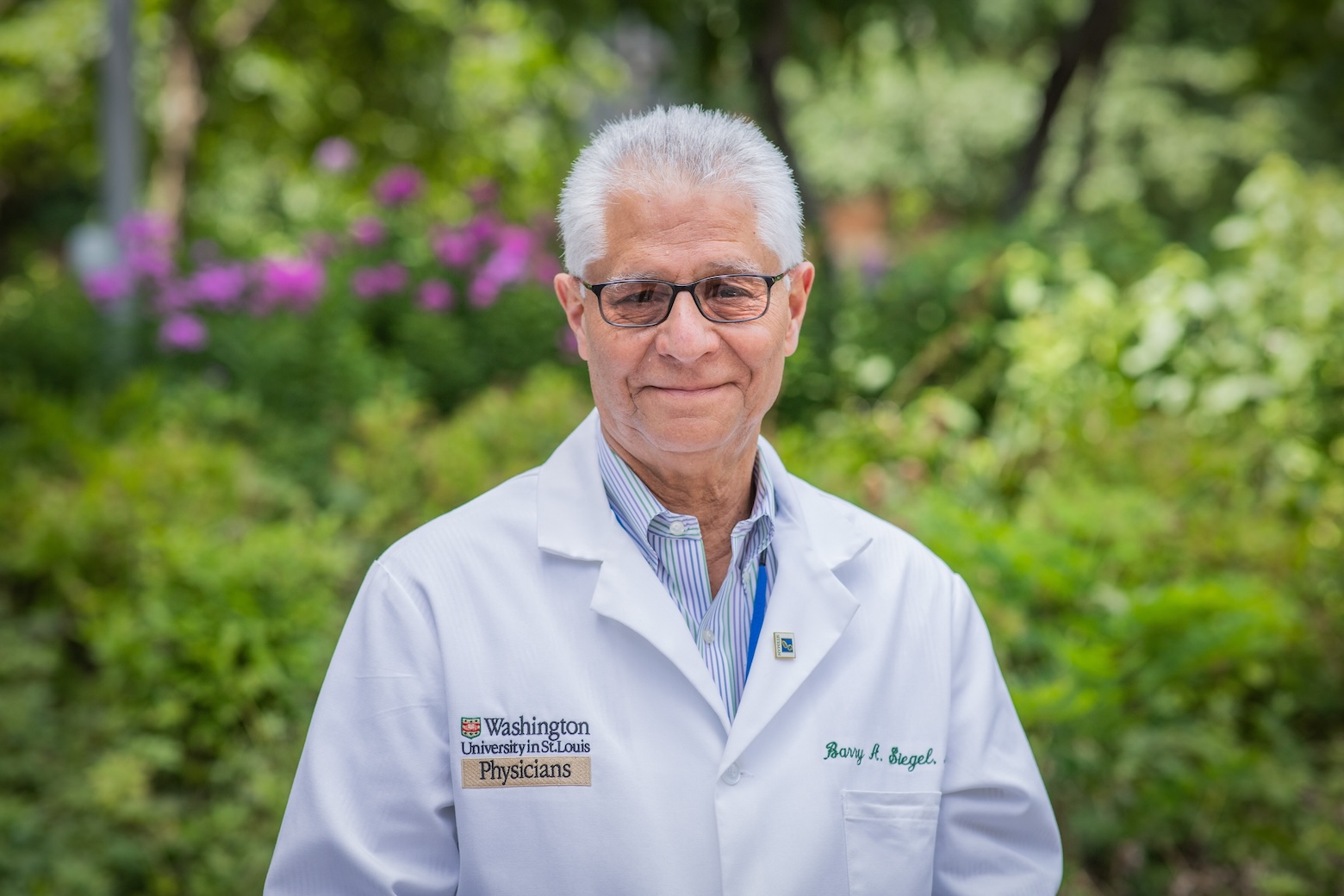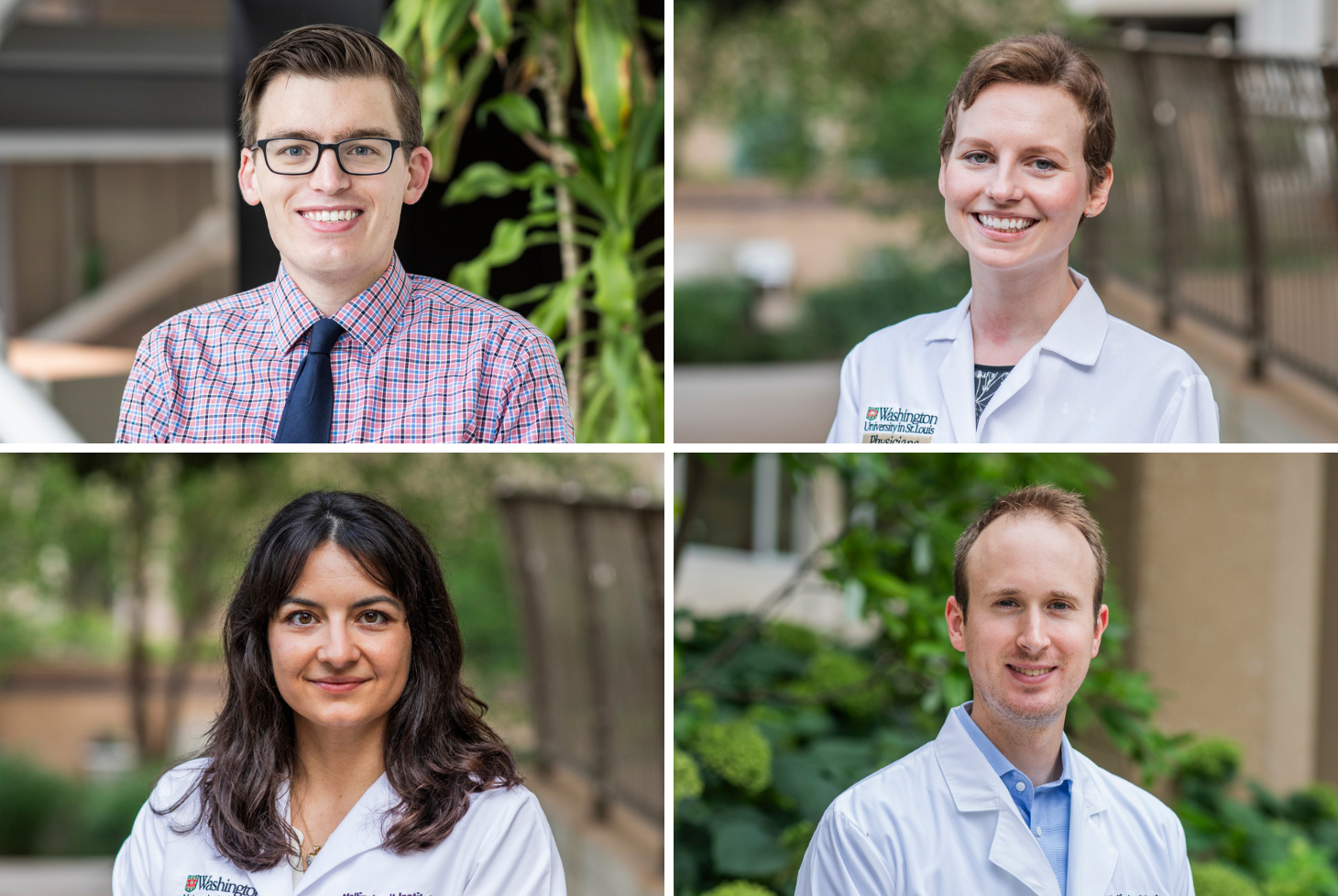Meet the Radiologist: Breast Imaging and Patient Care with Dr. Debbie Bennett
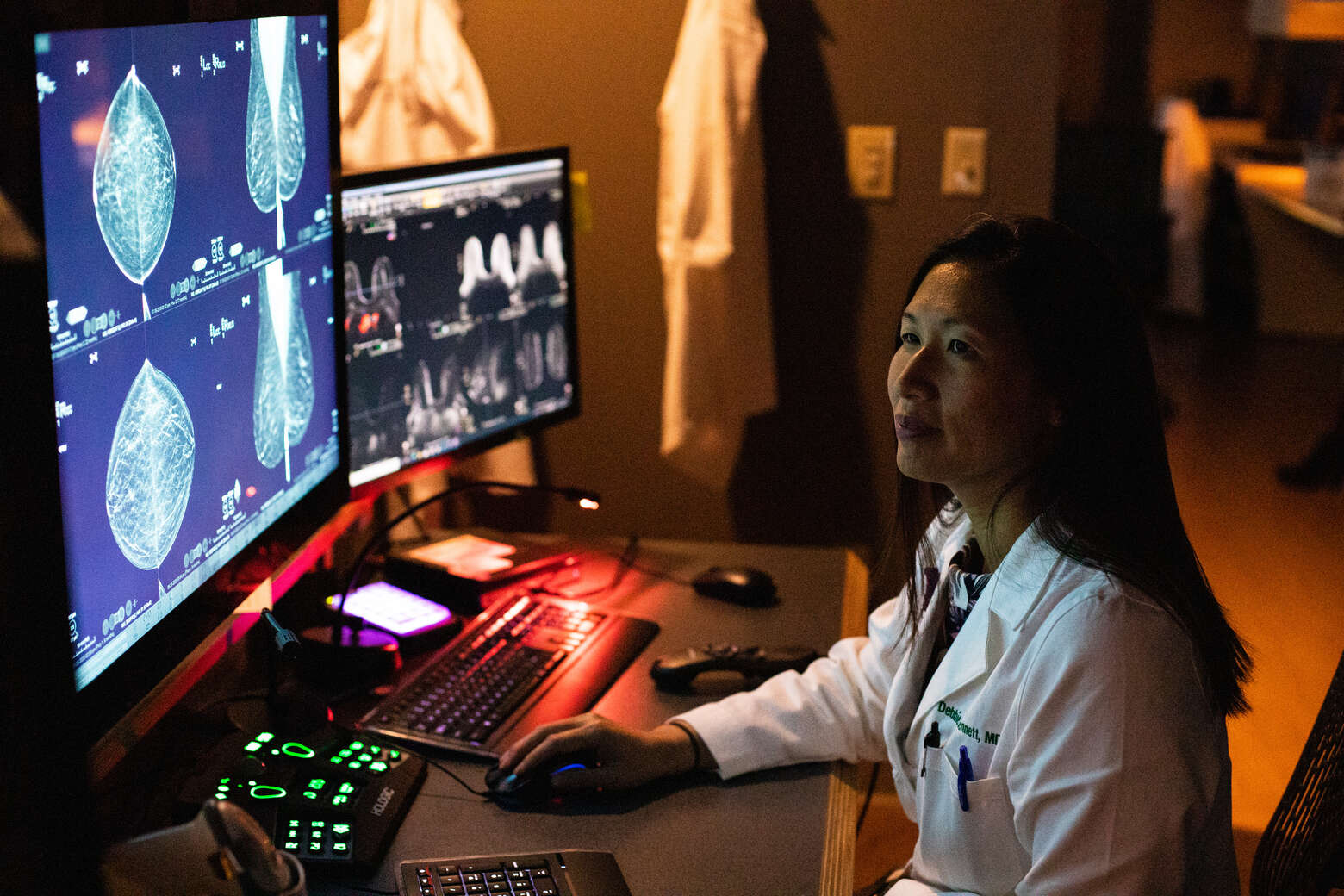
Debbie L. Bennett, MD, is an associate professor of radiology for Mallinckrodt Institute of Radiology (MIR) at Washington University School of Medicine in St. Louis. As the chief of breast imaging at MIR, Bennett oversees screening and diagnostic mammography services. She is also a member of the breast cancer specialist team at Siteman Cancer Center.
In our Meet the Radiologist series, we get to know the clinicians providing their imaging expertise and often serving as the foundation of treatment planning across all specialties. Bennett shares how she picked radiology as her specialty, how she connects with patients and what excites her about the breast imaging field.
Why did you choose radiology as your specialty?
I loved being able to see into the human body. I’ve always been a visual person, and the saying “A picture is worth a thousand words” especially rings true to me in medicine. Everything makes more sense to me when I can look at images and not just lab tests or physical exam findings.
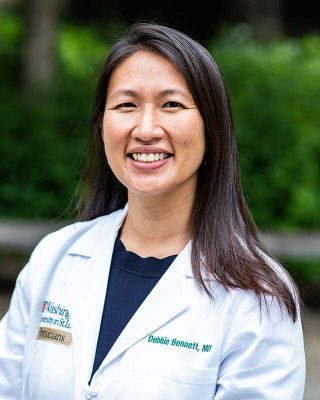
What’s your favorite aspect of specializing in breast imaging?
I love having a connection with our patients. It’s a privilege to be present with them when they are feeling worried or vulnerable. It’s wonderful when we can give good news, but also important to deliver bad news in a way that conveys hope and perspective.
What’s an exciting clinical development in your field?
We are starting to offer cryoablation for some patients with breast cancer, which is a method of treating breast cancer by freezing the tumor cells with a special device. This is exciting because it gives us the potential to treat breast cancer with an outpatient clinic procedure, rather than surgery.
What do you think differentiates MIR from other radiology providers?
There is a level of expertise at MIR that is unparalleled at almost every other institution. There’s also a collaborative approach to taking care of patients; the entire team is invested in making sure each patient receives the very best care.

